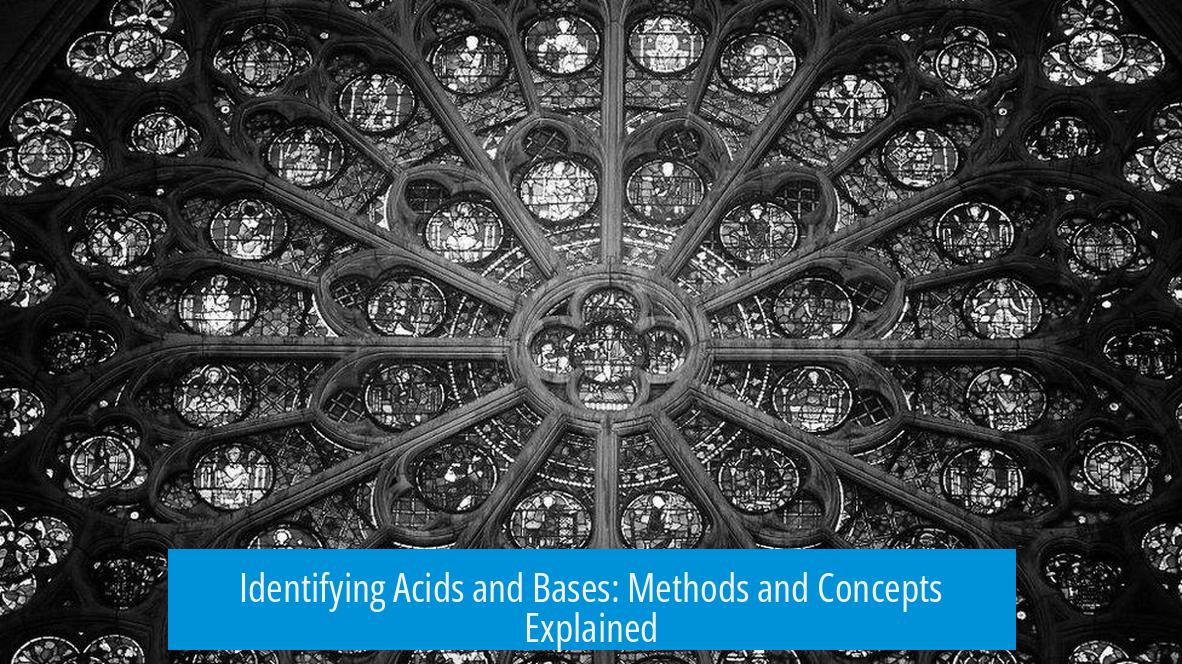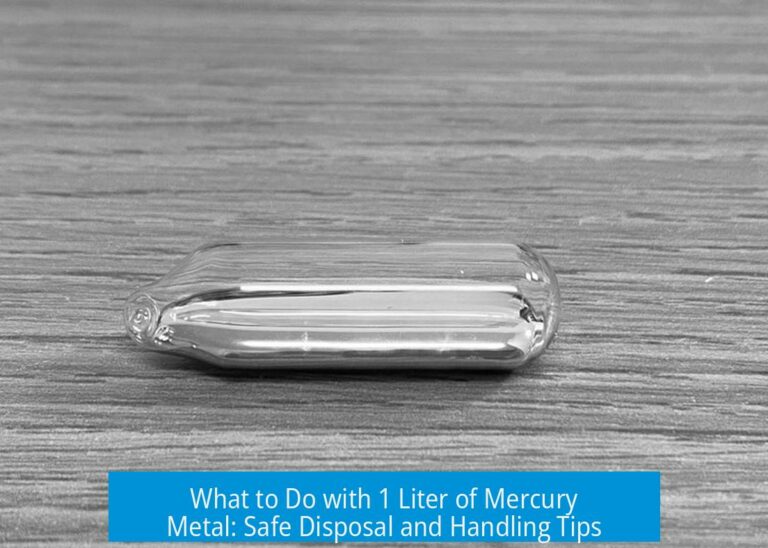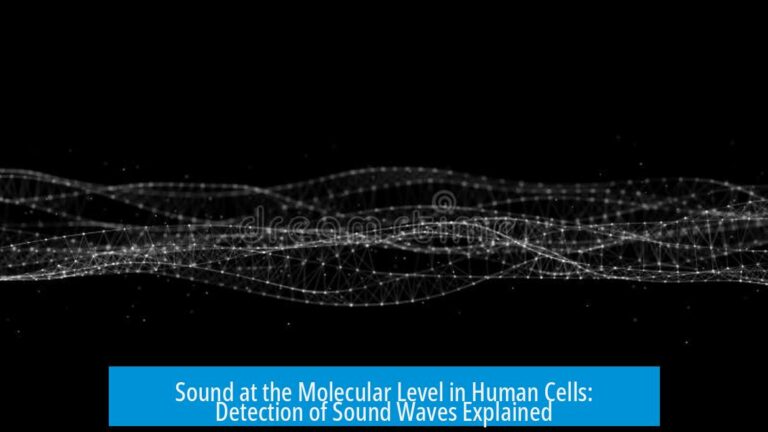How Would You Know if a Chemical is a Base or Acid?
To determine if a chemical is an acid or a base, one must analyze its behavior in solution, its proton or electron interactions, and its effect on indicators and pH. Acids produce hydrogen ions (H+ or H3O+), while bases produce hydroxide ions (OH−) when dissolved in water. They can also be identified by their ability to donate or accept protons or electron pairs based on established definitions.
Understanding Acid and Base Definitions
Chemistry employs various definitions of acids and bases, each emphasizing different features. Familiarity with these helps to identify whether a chemical is acidic or basic.
Arrhenius Definition
- Acids: Substances that increase the concentration of hydrogen ions (H+) in aqueous solutions.
- Bases: Substances that increase the concentration of hydroxide ions (OH−) in aqueous solutions.
This is the simplest framework. If a chemical generates H+ in water, it is an acid; if it produces OH−, it is a base.
Bronsted-Lowry Definition
- Acids: Proton donors — substances that release H+ ions.
- Bases: Proton acceptors — substances that bind H+ ions.
This definition expands the concept beyond aqueous solutions, focusing on proton transfer reactions.
Lewis Definition
- Acids: Electron pair acceptors.
- Bases: Electron pair donors.
This approach broadens acid-base concepts to include reactions without proton exchange, emphasizing electron pair interactions.
Summary of Differences
The Arrhenius model is limited to aqueous solutions. Bronsted-Lowry covers proton transfers broadly. Lewis focuses on electron pair exchange. Recognizing which framework applies helps clarify a substance’s acidic or basic behavior.
Practical Techniques to Identify Acids and Bases
Ion Production in Aqueous Solutions
Test if a chemical produces hydrogen ions or hydroxide ions in water:
- Produces H+ or hydronium ions (H3O+) → Acid
- Produces OH− ions → Base
This can be confirmed using pH measurements or chemical indicators.
Proton Transfer Observation
If the compound releases H+ ions during reaction, it acts as an acid. If it accepts or binds H+ ions, it behaves as a base. Observing proton movement is fundamental to Bronsted-Lowry identification.
Measuring pH
The pH scale quantifies acidity or alkalinity of aqueous solutions:
- pH < 7: Acidic solution
- pH = 7: Neutral solution
- pH > 7: Basic (alkaline) solution
A simple pH meter or indicator paper provides an easy test. For example, lemon juice typically has pH ~2-3, indicating acidity.
Using Litmus Paper
Litmus paper is a traditional and simple tool:
- Blue litmus paper turns red: Presence of acid.
- Red litmus paper turns blue: Presence of base.
This quick color change confirms the sample’s nature.
Caution: Historical Taste Test
Scientists formerly identified acids by their sour taste and bases by their bitter or slippery feel. These tests are now obsolete and unsafe; never taste unknown chemicals.
Amphoteric Substances: Both Acid and Base
Some chemicals exhibit dual behavior, acting as acids or bases depending on conditions.
Water as the Primary Amphoteric Example
Water can donate or accept protons. It self-ionizes to produce H3O+ and OH−, showing weak acidic and basic characteristics simultaneously.
Hydrogen Carbonate Ion (HCO3−)
- Acts as a weak base by accepting H+ to form carbonic acid (H2CO3).
- Acts as a weak acid by losing a proton to form carbonate ion (CO32−).
This dual function depends on the environment, with a tendency to function more as a base based on equilibrium conditions in water.
Sodium Hydrogen Carbonate Example
Sodium bicarbonate (NaHCO3) displays amphoteric traits. It can release H+ and produce OH−, making it behave both as an acid and base depending on the medium.
Electron Pair Transfer and Lewis Acid-Base Concept
Lewis acids and bases focus on electron pair transfer instead of protons.
- Bases: Species donating electron pairs to form bonds.
- Acids: Species accepting electron pairs.
This model accounts for many reactions where no hydrogen ion is involved, such as complex formation in coordination chemistry.
Chemical Context and Exceptions
Metallic Oxides and Non-Metallic Oxides
Oxides also reveal acid-base character:
| Oxide Type | Example | Behavior in Water |
|---|---|---|
| Metallic Oxide | Li2O, CaO, Fe2O3 | Form hydroxides, act as bases (e.g., CaO + H2O → Ca(OH)2) |
| Non-Metallic Oxide | CO2, SO2, NO2 | Form acids (e.g., CO2 + H2O → H2CO3) |
Non-metallic oxides like NO2 form acids which contribute to acid rain.
Hydrogen Ion as a Proton
The hydrogen ion (H+) is essentially a proton, the nucleus of the hydrogen atom without its electron. It cannot exist freely in water; instead, it forms the hydronium ion (H3O+) by bonding with water molecules.
Advanced Detection Beyond pH Paper
While pH paper detects OH− ions easily, selective detection of H+ ions requires specific chemicals or devices, such as electrodes or colorimetric indicators tailored for acidity.
For instance, acidifying a solution in the presence of permanganate ions leads to their conversion to manganate ions, a reaction that depends on acidity. Sodium bicarbonate here serves as an acid.
Summary: Methods to Identify Acids and Bases
- Observe ion production in aqueous solution: H+ (acid) or OH− (base).
- Use pH measurements: pH < 7 indicates acid; pH > 7 indicates base.
- Apply litmus paper: blue to red signals acid; red to blue signals base.
- Evaluate proton transfer: donor = acid; acceptor = base (Bronsted-Lowry).
- Assess electron pair transfer: acceptor = acid; donor = base (Lewis).
- Recognize amphoteric substances can act as both acid and base.
- Consider chemical nature: metallic oxides usually basic; non-metallic oxides usually acidic.
What is the simplest way to tell if a chemical is an acid or a base in water?
If it releases H+ (hydrogen ions or hydronium ions) in water, it is an acid. If it releases OH- (hydroxide ions), it is a base. Using pH paper or litmus paper can quickly show which it is.
How does litmus paper indicate acids and bases?
Blue litmus paper turns red in an acid. Red litmus paper turns blue in a base. This quick color change helps identify acidic or basic nature easily.
What does Bronsted-Lowry theory say about acids and bases?
An acid donates a proton (H+), while a base accepts a proton. So if a compound releases H+ it is acidic; if it captures H+ it is basic.
Can a chemical be both an acid and a base?
Yes, such chemicals are called amphoteric. For example, water can act as an acid or a base. Sodium hydrogen carbonate also behaves this way depending on the environment.
How do metallic and non-metallic oxides relate to acids and bases?
Metal oxides usually form bases in water by producing hydroxides. Non-metal oxides form acids when dissolved, like CO2 forming carbonic acid.
What is the role of electron pairs in defining acids and bases?
According to Lewis, acids accept electron pairs and bases donate them. This definition covers substances that don’t involve protons but still behave as acids or bases.





Leave a Comment